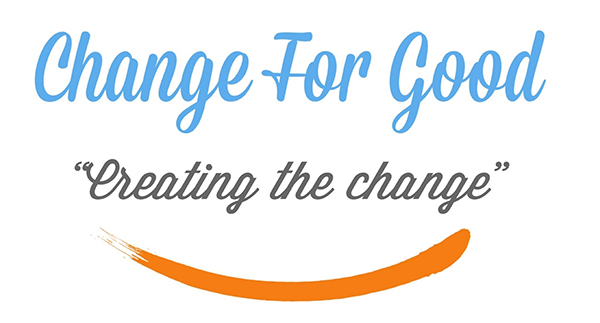In my next series of blogs, I hope to provide an overview of my writings on the impact of Interpersonal Trauma.... My hope is to offer some of the the research around my hypothesis which connects attachment, trauma and dissociation but also some considerations for interventions and treatment.
Part 1:
Introduction
How can a therapeutic environment assist in creating an environment that can provide an opportunity to undo the negative actions of the significant adults in a child’s life?
These ideas are based on my clinical practice over the last 22 years with:
- Adolescents and children who were deemed to be on a negative trajectory into the future, but who were able to be supported through our work together to reclaim positive life and outcomes.
- Adult clients who were originally diagnosed with borderline symptomology, whom I assessed as having trauma and dissociative disorder (DID, DDNOS, PTSD, etc.) as their
primary diagnosis.
- Information gained from child clinical assessments with more than 80 looked-after children placed in residential care (a unique validated approach), of whom a large percentage had clinically elevated symptomology for interventions within an attachment, trauma and dissociation framework.
It was from this work that it became apparent to me that, if appropriate focused interventions were not provided, the tensions created within the child – relating to the need to ‘accommodate’’ the needs, feelings, and wishes of others (such as parents, close family,....) during a cycle of chronic abuse in childhood – laid the foundations of the manner in which they would relate to others in adulthood.
The level of interpersonal trauma
The level of interpersonal abuse on children We can never know the complete truth or reality about child abuse and neglect in any society. Sue Grand (2000) emphasises that:
‘‘Silence is the facilitator of destruction; it is through denial that evil consolidates its power. Evil tends to be brazen in its presence yet radical in its concealment’’.
In my writings I emphasis that there are almost a 'societal dissociative mechanism' which can motivate society, groups to look away (dissociate) from the enormity of the terror, hurt and pain being inflicted on the children and young people in our societies.
This quotation offers some idea of the magnitude of the problem in North America:
About 50,000 names are etched into the Vietnam War memorial. If we made a memorial to children who have been sexually abused, it would be more than 1300 times the size of the Vietnam War memorial. If we included in it all other forms of child abuse it would be more than 7500 thousand times its size. But these are not lives lost in the military combat. These are souls lost in betrayal and wounding that is so deep most are unable to heal and reconnect with self, others and God without long-term recovery (Whitfield, 1995, p. 51).
Research has begun to illustrate the need for all professionals involved in the care of looked-after children to have an in-depth understanding of the far-reaching impact of relational trauma (Streeck-Fischer and van der Kolk, 2000; Cole and Putnam, 1992; van der Kolk, 2003).
These studies (Ford et al., 2007; Minnis and Del Priore, 2001; Monteith and Cousins, 2003; Sempik et al., 2008) illustrate that looked-after children and young people have a higher
incidence than non-looked-after children of:
- mental health problems;
- post-traumatic stress;
- attachment disorders;
- emotional and behavioural problems (leading to potential criminalisation); and
- poor educational outcomes.
Perry and Azad (1999) found that post-traumatic stress disorder (PTSD) symptoms were reported by 86 per cent of children and adolescents aged between seven and 17 years. If Sinclair and colleagues’ (2007) research is an accurate representation then this could represent 78 per cent of looked-after children in England (based on the 2008 statistics, this is 46,410 children). Children in foster care for instance, have been found to have undetected PTSD at rates of between 25 and 60 per cent, compared to a rate of 14 per cent in Vietnam veterans (Pechora et al., 2005; Dubner and Motta, 1999).
My own assessments indicate that 50 per cent of children within residential care have clinically significant symptoms associated with a trauma-related disorder. It is concerning that all of these children had been looked after for many years without having their needs accurately assessed.
This group of children were also identified as as having experienced four or more adverse childhood experiences, which, can mean they are at increased risk of negative long-term health outcomes (Foege, 1998). A subgroup of these children had experienced chronic prolonged abuse due to the perpetration remaining undetected for a long period of time. These adolescents also had symptoms associative with utilising dissociative coping to manage and survive the interpersonal trauma.
End of part 1.




